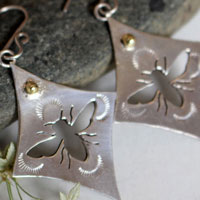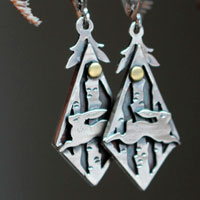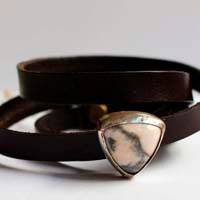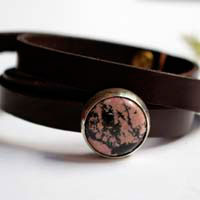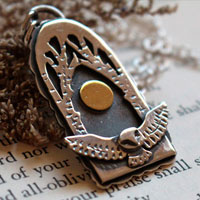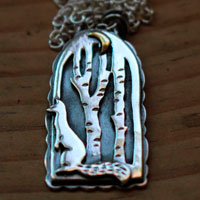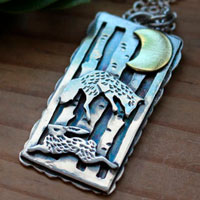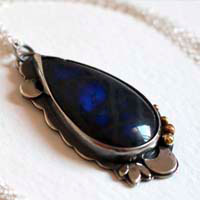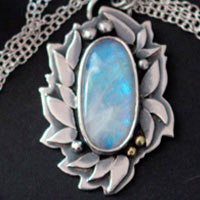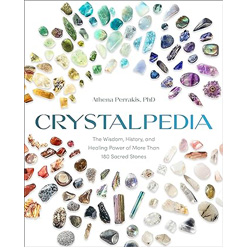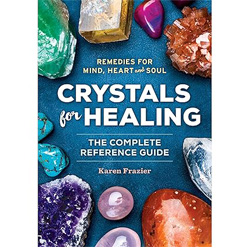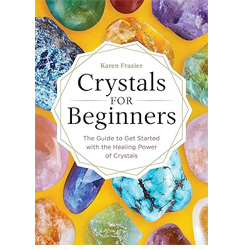- Jewelry
- Inspiration
- Our imagination
- Birthstones
- Celebrating with Eternal Flowers
- Druids and druidesses
- Flower meanings
- History, archeology jewelry
- Illumination jewelry
- Japanese symbols
- Lithotherapy and stone choice
- Maya calendar jewelry
- Stone color symbolism
- Stones catalogue
- Wedding anniversaries
- Searches a theme on the site
- Good Deals
- Paintings
- About
- Contact
JEWELRY
- Anklet
- Bracelets
- Brooches
- Cufflinks
- Earrings
- Pendants & Necklaces
- Rings
- Draw your jewelry
- GOOD DEALS
- How to clean your jewel
- Metal we used
INSPIRATION
- Our imagination
- Birthstones
- Celebrating with Eternal Flowers
- Druids and druidesses
- Flower meanings
- History, archeology jewelry
- Japanese symbols
- Lithotherapy and stone choice
- Illumination jewelry
- Maya calendar jewelry
- Stone color symbolism
- Stones Catalogue
- Wedding anniversaries
- Searches a theme on the site
Brass: history and healing properties

Brass properties

Brass, a subtle alloy of copper and zinc, comes in an infinite range of varieties through the targeted addition of metals such as lead, tin, nickel, chromium, or magnesium. These combinations impart distinct properties to each type of brass, tailored to specific uses. This diversity creates a multitude of "brasses," each with its unique metallic personality, serving the needs of industries, artisans, and jewelers alike.
Brass derives its English name from the Old English term Braes, meaning "bronze," a word rooted in the material’s historical significance. In french, its etymology also reflects a rich and multicultural heritage, with ties to the Arabic Latun, meaning "copper," and possibly the Turkish Altun, meaning "gold." These linguistic connections highlight the alloy's enduring importance across cultures and eras
Brass is valued for its strength, which varies according to its specific composition. A higher zinc content increases the alloy's hardness, making it suitable for applications requiring robustness and durability. Despite its strength, brass retains excellent malleability, allowing it to be shaped through forging, casting, or machining. This delicate balance between rigidity and flexibility contributes to its popularity in demanding fields.
Aesthetically, brass is distinguished by its naturally golden hue, which can range from pale yellow to reddish tones depending on the ratio of copper to zinc. Certain types of brass even exhibit slightly greenish or silvery shades when combined with metals like nickel or chromium. These color variations, coupled with its metallic luster, make it a sought-after material for decorative objects, jewelry, and craftsmanship, where its visual appeal is paramount.
Although brass maintains a brilliant appearance when well-maintained, it naturally oxidizes upon exposure to air, forming a green patina known as verdigris. While often considered unsightly, this layer of oxidation can protect the underlying metal from external damage.
Known by a plethora of evocative names such as yellow copper, tombac, archal, Florentine or Venetian bronze, similor, or pinchbeck, brass embodies a rich cultural and historical legacy. These designations highlight the versatility of this alloy, used in both artistic creations and practical objects.
Brass is ubiquitous across a wide range of fields. It is prized for manufacturing precision instruments, watch components, architectural decorations, musical instruments (notably brass instruments), faucets, locks, and even ammunition, thanks to its mechanical strength and malleability. It also plays a significant role in coin minting, where its aesthetic qualities and durability are highly valued.
One of brass's most remarkable properties lies in its copper content, which gives it exceptional antimicrobial qualities. This germicidal metal can eliminate microorganisms within minutes to hours of exposure, making it a practical choice for environments requiring high hygiene standards, such as hospitals, kitchens, and public spaces. This quality is particularly valuable in an era where combating infections is a global priority.
History, legend and beliefs about brass
Brass, a precious alloy, has a history that dates back to prehistory. While its fabrication was not yet mastered at the time, it was likely used for ornaments and utilitarian objects, foreshadowing its decorative and functional roles in later civilizations.
It was not until the Roman era that the intentional production of brass truly began. The Romans, through their gradual discovery of zinc and its incorporation into copper, transformed brass into an essential material. Before this, naturally zinc-rich copper ores were used, a practical approach that laid the foundation for this versatile alloy.
As early as the last millennium BCE, brass spread along trade routes connecting England to Spain and Iran to India. These exchanges, facilitated by commercial networks, helped popularize the alloy. In the kingdoms of Phrygia and Bithynia, it was even used as currency—a practice that later extended throughout the Roman Empire. The aesthetic and mechanical qualities of brass made it an ideal choice for coins that circulated widely across the empire.
After the fall of the Roman Empire, brass production declined in Western Europe while remaining vibrant in Eastern Europe and flourishing in the Islamic world. The latter introduced numerous metallurgical innovations, including advanced techniques for refining copper and zinc. These methods catered to the growing demand for decorative, scientific, and utilitarian objects, solidifying brass’s role as a key material of the era.
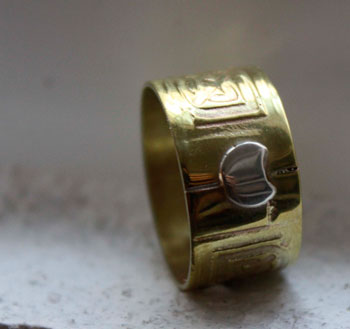
In Africa, brass holds a unique place, often regarded as a material as valuable as gold in certain cultures. The Yoruba people of the Kingdom of Ife, between the 12th and 14th centuries, were renowned for their exceptional mastery of metallurgy. Their brass sculptures, depicting royal faces and sacred figures, reflect the symbolic association of the metal with royalty, spirituality, and immortality. From the 13th century onwards, the Kingdom of Benin continued this tradition, producing works of impressive complexity, such as sculpted plaques and ceremonial masks. These objects, often intended to adorn palaces or accompany rituals, embody a deeply rooted artistic and spiritual tradition.
With the end of the Middle Ages, brass experienced a spectacular resurgence in Europe. The introduction of new methods, such as the use of crucibles and blast furnaces, allowed for the refinement of its production. It then became an economical substitute for gold and silver in decorations, particularly before the influx of precious metals from the Americas transformed the market. This revival also allowed brass to establish itself in more technical applications, such as the production of precision instruments, clockwork pieces, and luxurious furniture.
Over the centuries, brass has adapted to the needs of different eras and civilizations. Both a functional material and an artistic medium, it represents a history where technical innovation meets cultural expression. Its varied uses and symbolic associations reflect a richness that continues to fascinate today.
Healing properties and benefits of brass
Although brass is an alloy, its beneficial properties are closely linked to the characteristics of the metals it is composed of, primarily copper and zinc. These metals, known for their effects on health and their interaction with the human body, impart physical and energetic virtues to brass, making it valued in many traditions.
- Thanks to its copper content, brass is often associated with the treatment of skeletal issues such as arthritis, osteoporosis, and joint pain. When copper ions come into contact with the skin, they can be absorbed in small amounts, which may contribute to strengthening bones and reducing inflammation. In some traditions, wearing brass jewelry is recommended to relieve joint tension and improve the body’s flexibility.
- Brass is also renowned for its purifying properties, helping to eliminate toxins accumulated in the body. This detoxifying ability is attributed to the chemical interaction between its components and the human metabolism. Some beliefs associate wearing brass bracelets or rings with better regulation of energy flow within the body, strengthening detoxifying organs such as the liver or kidneys.
- One of the most tangible benefits of brass lies in its antimicrobial properties. Due to its copper content, it acts as a natural germicide, eliminating microorganisms on its surface after prolonged exposure. This protective virtue holds symbolic resonance in many cultures, where brass is considered a metal capable of repelling negative energies and preserving the harmony of the body and mind.
- In certain traditions, brass is seen as a metal that balances energies. Associated with solar strength due to its golden color, it is regarded as a conductor of positive energy, stimulating vitality and mental clarity. It is also used in rituals or as a support for sacred objects, further strengthening its association with prosperity, luck, and protection.
- The combination of copper and zinc in brass is believed to play a role in regulating surrounding electromagnetic waves, promoting better management of stress and nervous tension. Some practitioners recommend using brass objects in work environments to enhance concentration and reduce energy disruptions.
 Please note that all healing properties presented for gemstones are gathered from various sources. This information is provided as a service and is not intended to treat medical conditions. It is recommended to consult a healthcare professional for serious medical issues and not to rely solely on gemstones as a treatment.
Please note that all healing properties presented for gemstones are gathered from various sources. This information is provided as a service and is not intended to treat medical conditions. It is recommended to consult a healthcare professional for serious medical issues and not to rely solely on gemstones as a treatment.
Brass jewelry samples
To learn more about litotherapy, we recommend you the following books:




